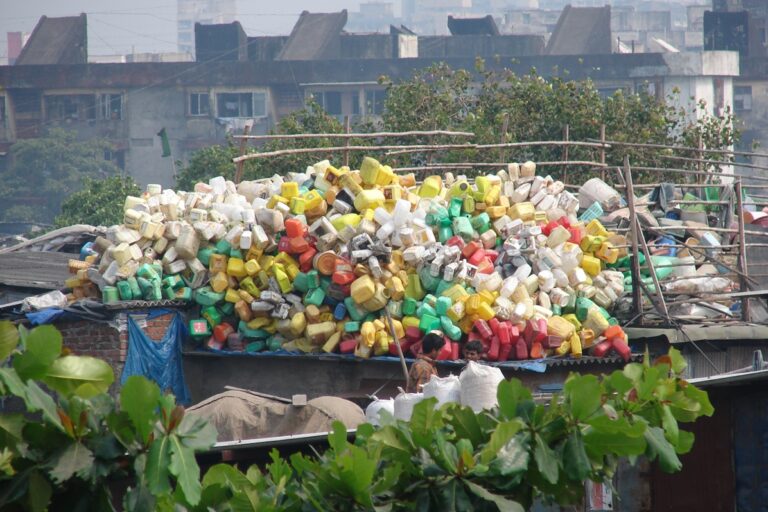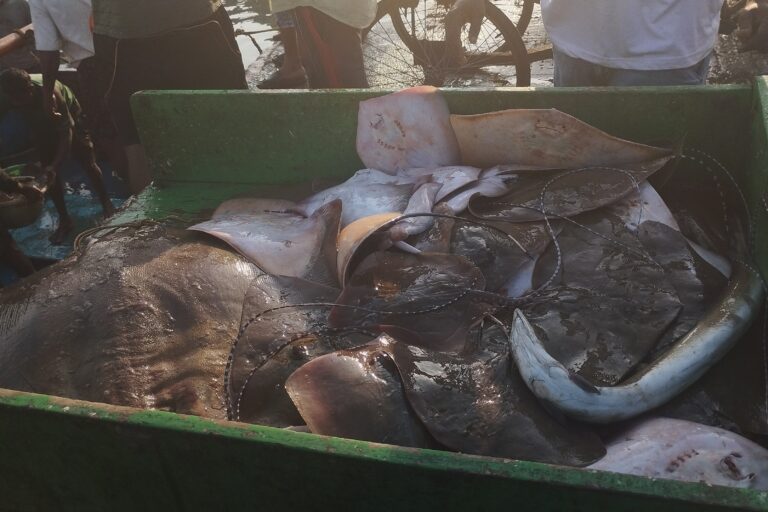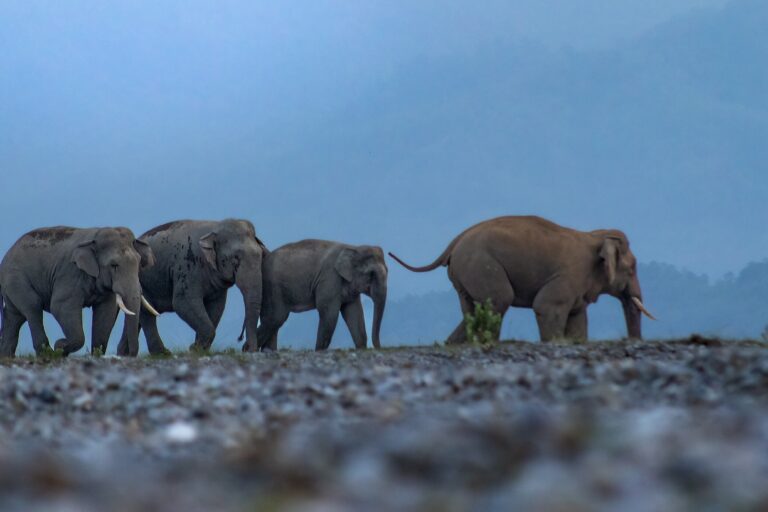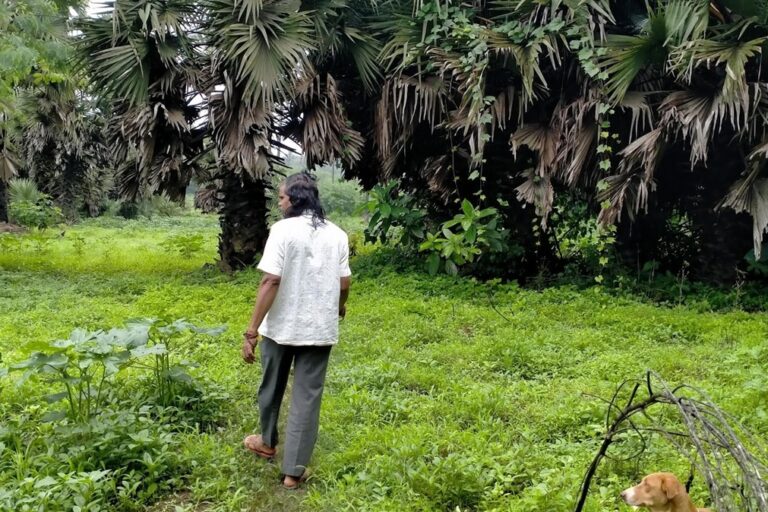- A new graphic novel, ‘Food & Farming’, explores multiple issues in India’s food and agriculture systems and how they affect various stakeholders.
- In this interview, the authors of the book talk about ‘Right to Food’, the Public Distribution System (PDS), the National Food Security Act, Mid-day Meals programme, farmers’ struggles, Minimum Support Price (MSP), and other topics addressed in the book.
- The book also suggests solutions for the universalisation of distribution systems and the standardisation of prices for the produce, among others.
Do you sometimes sit back and think about the food served on your plate? How did it reach you and who are the people who made it possible? Why is more than 15% of the Indian population undernourished? Such pertinent questions related to food and the ‘Right to Food’, which is guaranteed in the Indian Constitution, are addressed in the new graphic novel, Food & Farming, by Orijit Sen, Vidyun Sabhaney, and Harsho Mohan Chattoraj.
The 240-page graphic novel published by Left Word Books, explores aspects of farming and food security through two characters — Soni and Lucky — who travel to various parts of the country. Soni and Lucky interact with farmers, foragers, Anganwadi workers, community leaders, teachers, food vendors, ration shop owners, supermarket attendants, transport workers, and many others, to understand about topics ranging from the Public Distribution System (PDS), National Food Security Act and the school mid-day meals programme, to farmers’ struggles, and the Minimum Support Price (MSP).
The idea for the book came from the web-comics series that was published by the authors in 2022 as an outcome of the farmers’ protests in north India against the three agriculture reform bills. The series was commissioned by Focus on the Global South, a policy think-tank that provides analysis and builds alternatives for just social, economic, and political change. This initiative aimed to raise awareness about the farming and food distribution system.
“The storyline has been woven around verifiable facts and studies,” co-author Vidyun Sabhaney, a writer and illustrator who has published research-based anthologies, says in an interview with Mongabay India.
To make these complex topics more accessible, co-author Orijit Sen, a graphic artist, thought of using real characters and situations rather than abstract ideas and numbers. “Visually, you can show how people look, what they wear, where they stay, scale of operation, and so on. It conveys many layers of the message to people,” says Sen. He believes that comics enable people to understand a concept in a way that reading factual text or research papers cannot match.

Food inequality
With this book, the authors aim to address the structural injustice when it comes to the ‘Right to Food’ in India. According to Sabhaney, this inequality was made more evident during the COVID-19 lockdown of 2020, when millions were forced to walk home so that they would not starve in cities where they had migrated to find work. “This is an indictment of our systems as they stand, and a reflection of a deeply unequal society,” says Sabhaney.
The book’s overarching topic is the Public Distribution System (PDS) as we come across issues such as hunger, and poverty. It highlights that India ranked 101 out of 116 countries in the Global Hunger Index, 2021, even though 800 million people in India get free ration under the Pradhan Mantri Garib Kalyan Anna Yojana scheme, which was started during the pandemic and continues till date.
Sabhaney points out the reasons for these gaps. “An important gap we have identified is that the PDS is not universalised. Those who need ration are often unable to access the system,” she says. She also points out that the data is outdated as the poverty line, which is linked to accessing benefits, has not been revised since 2011. Sometimes the beneficiaries do not have the required documents or issues related to linking of PDS to the Aadhar card. According to a study in 2020, in Uttar Pradesh alone 28.5 million people were in the PDS under-coverage estimate.
Besides these technicalities of access, nutrition is also not accounted for. Through the PDS, beneficiaries receive rice and wheat, which does not make for a balanced diet which should ideally include pulses, vegetables, fruits, and more. “All of these items are expensive,” states Sabhaney.

Food & Farming highlights that a majority of the workforce in India earns less than Rs.10,000 a month. A large section of the population is therefore vulnerable to hunger. “This is more so the case after the lockdown due to Covid-19 and the economic distress it caused,” adds Sabhaney.
In the chapter, ‘The Pandemic and Hunger’, the book reflects on the situation of daily wage workers and other marginalised communities during the Covid-19 pandemic. It states that around 230 million people fell below the national minimum wage poverty line because of economic distress caused by the brutal lockdown.
It also reveals that over 10,000 farmers committed suicide in 2020 alone due to debt, according to the National Crime Records Bureau (NCRB), and 82,000 children under five died of malnourishment in 2018 according to UNICEF. “This is a haunting statistic, and should trouble us all,” asserts Sabhaney. “Both these numbers paint a very grim story of inequality in our country. We need to go beyond looking at these as just numbers, and understand what this means to people who have lost or are in danger of losing their loved ones.”
Problems with privatisation
Food & Farming also explores another important topic — privatisation of the food system. The Mid Day Meal Scheme, a school meal programme designed to improve both the nutrition of children and school attendance simultaneously, was first launched in 1995 and was included in National Food Security Act in 2013. In 2021, the scheme was renamed as PM-POSHAN Scheme. About 120 million children across government schools and educational facilities benefit from the scheme.
The authors write, “In many states the meal preparation has been handed over to corporates and NGOs that run centralised kitchens. This means the food is neither fresh nor locally made, both of which are required for a nourishing meal.” This privatisation however, has been opposed in many states across the country.
“An aim of the Scheme was also to provide employment to Dalit and Adivasi women. With privatisation, many of these workers are in danger of losing their jobs,” the authors write.

Sabhaney points out that the Mid-Day Meal scheme is also a source of employment for women along with the Anganwadi and ASHA workers. “These three form an important support system in villages, and privatisation could result in both loss of livelihood for women and the breaking down of an important network of knowledge within village communities,” she says.
Additionally, the food preferences of those who run these private entities could influence what the children are served. The book refers to how the supply of eggs, which is a great source of protein for children, in mid-day meals was stopped in some states. It also states that according to economist, Jean Dreze, the budget allocation for the Mid-Day Meal Scheme has been reduced by 32.3% between the years 2014 and 2021. It suggests that the meal should be planned scientifically with the help of nutritionists with a focus on local food.
Other critiques and suggestions
Discussing the decision to provide access to the land ownership data of farmers, to private corporations, Food & Farming highlights the lack of clarity on how that data will be safeguarded. Sen adds, “It is pretty irresponsible of the government to privatise aspects of food security because that can’t be left to the corporations. They are not responsible for the whole country. They can fail anytime.”

The book also throws light on monopolisation, intellectual property rights, and big agro which encourages commercial seeds, chemical inputs, and monocropping in farming. It states, “Just nine species account for 66% of crops produced in the world. A lack of seed diversity makes us vulnerable to several crises such as climate variability.”
In its final chapter, the book lists some workable solutions for the issues it raises. The authors suggest universalising the Public Distribution System (PDS) to enable easy access and diversifying the produce with various foods and not just cereals. This would support farmers to grow a greater variety of crops and support their income. Sabhaney says, “In this context, the government must enforce a Minimum Support Price (MSP) for a greater number and variety of crops, which is a long-standing demand of farmers.”
Read more: Government support and investor interest in agritech could boost India’s farming sector
Banner image: An illustration from the book Food & Farming. Image from Left Word Books.














